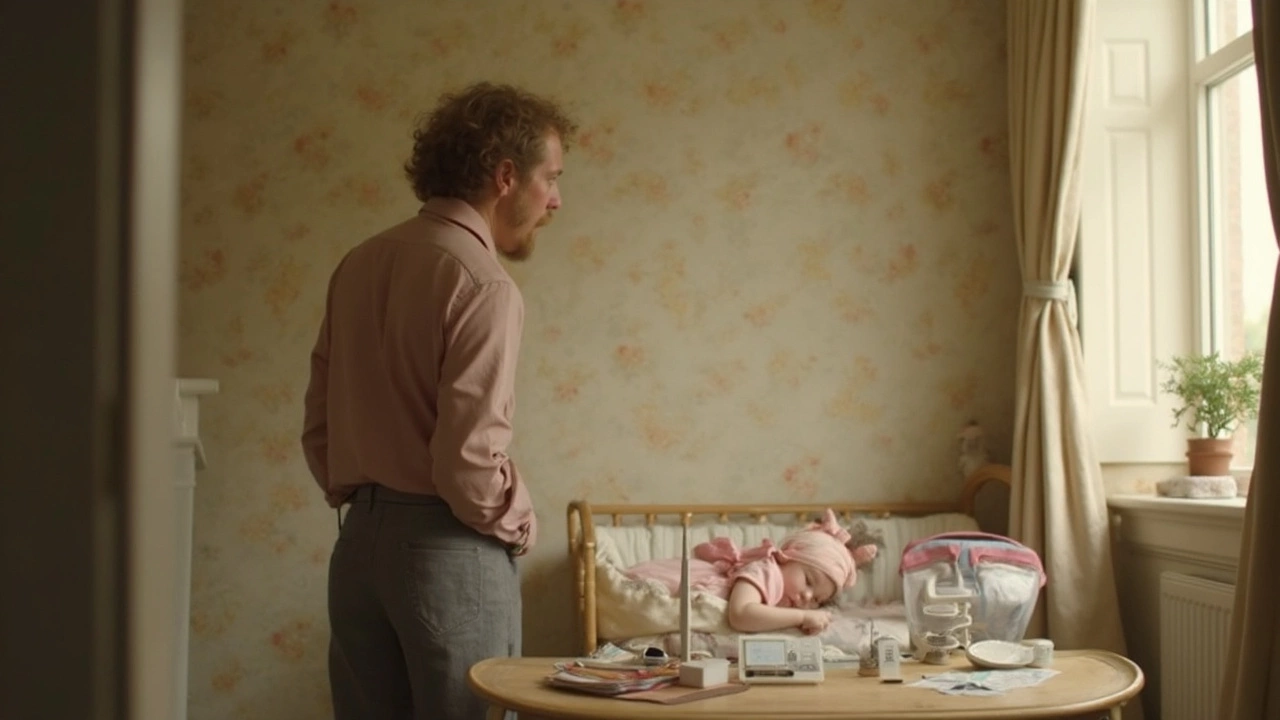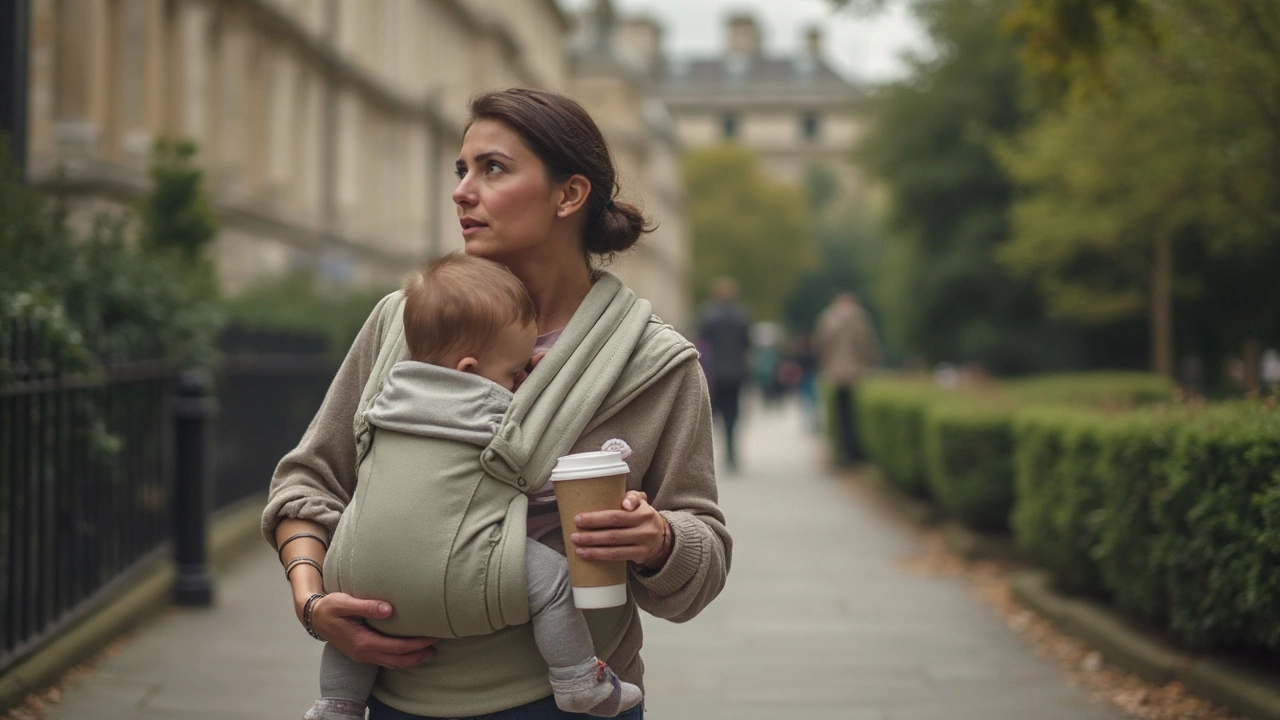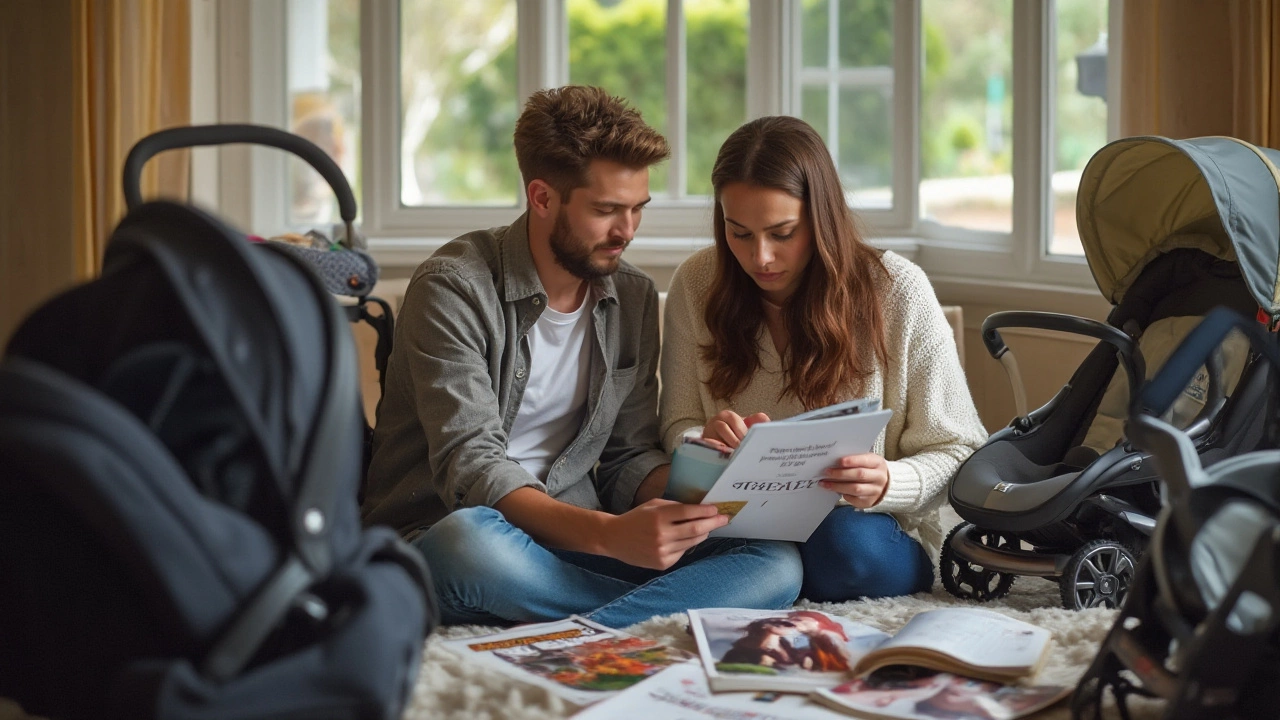When is the Right Time to Transition Your Baby to a Stroller?
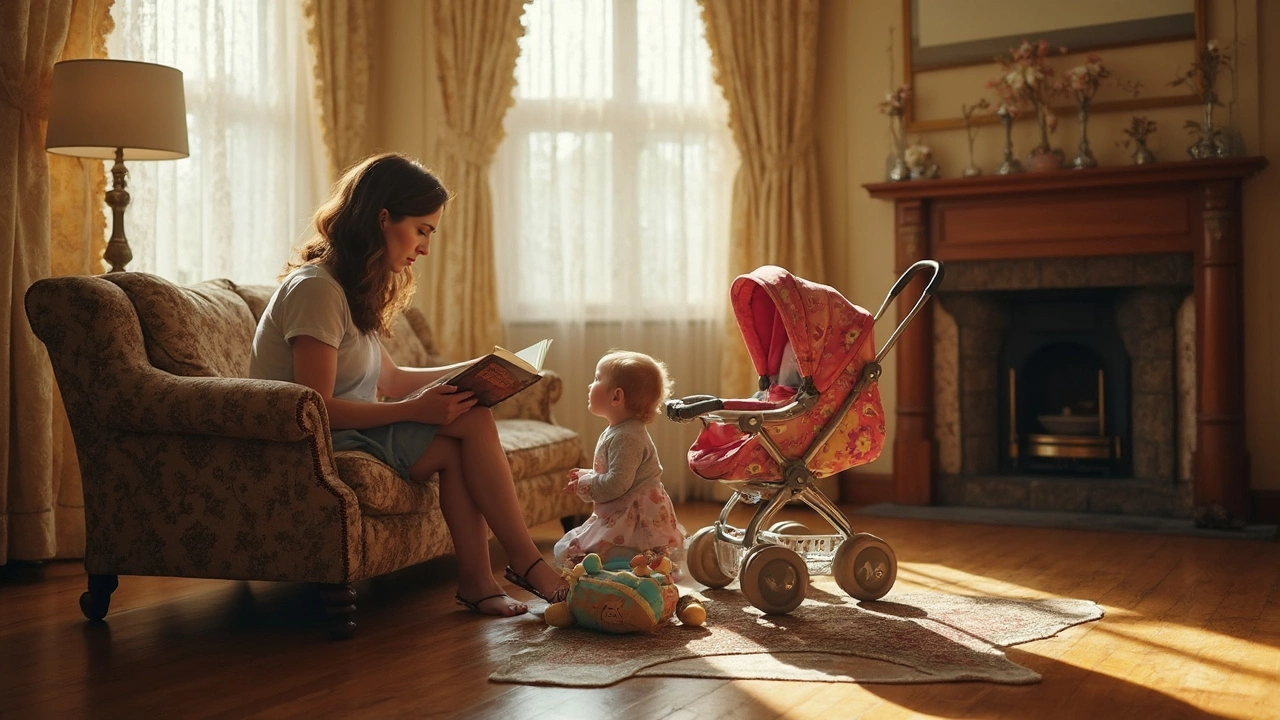
So, you've been happily toting your baby around in a carrier, but now you're wondering when it's time to make the leap to a stroller. You're not alone! Parents often ask about the right age for this transition. Here's the scoop: while there's no one-size-fits-all answer, there are some guidelines and tips that can help you figure it out.
Most babies are ready to switch to a stroller between 4 to 6 months. During this time, many start showing signs of independent neck and head control, making it safe and comfy for stroller rides. But wait, don't just go by age alone! Each baby is unique, and developmental readiness plays a huge part.
Want to make the switch without a hitch? Keep an eye on your baby's cues. If they can sit up with minimal support and have outgrown their carrier, it might just be stroller time. Remember, comfort and safety are key, so choosing the right stroller with good support is crucial.
- Understanding Baby Development Stages
- Signs Your Baby is Ready for a Stroller
- Benefits of Transitioning to a Stroller
- Choosing the Best Stroller for Your Baby
- Common Mistakes and Tips for a Smooth Transition
Understanding Baby Development Stages
Before you decide when to transition your little one to a baby stroller, getting a good grasp of baby development milestones is super helpful. Babies grow and change rapidly, especially in the first year, and understanding these stages can guide you in making the right choices for your baby's comfort and safety.
Head and Neck Control
One of the first things to watch for is your baby's head and neck control. Usually, by 3 to 4 months, most babies start to hold their heads up steadily. This is crucial before they can sit in a stroller safely. If they're still bobbing around like a little bobblehead, it's best to wait a bit longer.
Sitting with Support
Around the 5 to 7 months mark, babies often begin to sit with some support. Independent sitting might not be perfect yet, but their ability to hold themselves upright with assistance is a green light for considering stroller rides.
Engagement and Curiosity
As babies grow, their curiosity about the world increases. They start responding more to surroundings, looking around, and engaging with people and objects. By the time they're ready for a stroller transition, they generally enjoy the views and new experiences it offers.
Weight and Size Considerations
Another key factor is your baby's growth in terms of weight and size. If they're starting to look like a snug fit in their carrier or if the added weight is giving your back a workout, it might be time to think about transitioning to a stroller.
Developmental Variability
Remember, every baby is different. While some may hit these milestones early, others may take a bit longer. There's no rush. Understanding your baby's unique timeline is more important than ticking boxes on a checklist.
| Developmental Milestone | Average Age |
|---|---|
| Stable Head Control | 3-4 Months |
| Sitting with Support | 5-7 Months |
| Increased Curiosity | 4 Months Onwards |
Being informed about these stages can help you make the best decision about when to transition your baby. It's all about balancing safety with your baby's readiness.
Signs Your Baby is Ready for a Stroller
So, how can you tell if your little one is ready to cruise in a baby stroller? It's all about spotting the right signs. Babies hit milestones at their own pace, but there are some common indicators that your baby is ready for a new set of wheels.
Independent Neck and Head Control
This is a biggie. Most babies start controlling their neck and head movements around 4 to 6 months. If your baby can hold their head up without help, it's a strong hint that they're ready to explore the world from a stroller. This is crucial for their safety and comfort when they take in the views around them.
Sitting Up with Minimal Support
Here’s another key development: being able to sit up with little to no help. This usually happens around the same age as neck control. Once your little one can sit up, it means their back muscles are ready to handle a stroller's upright or semi-reclined position.
Outgrowing the Carrier
If your carrier is starting to look a bit too snug, that’s a clear signal! Babies grow quickly, and often by about 6 months, they outgrow their original carriers. If you notice they're more squirmy or seem uncomfortable, they might be hinting it's time for more spacious transport.
Showing Interest in the Environment
Bored with staying strapped and close to you? Keep an eye out for signs of curiosity, like craning their neck to see more of their surroundings. Babies showing interest in people, objects, and sounds around them are likely ready to enjoy the new vantage point a stroller provides.
Growing Heavier or Uncomfortable for You to Carry
Let's face it, babies get heavy! If you find yourself struggling or feeling the strain with the baby carrier, it might also be a sign that transitioning to a stroller is a good plan.
Keep in mind, every baby is unique! Some might show these signs earlier or later than average, and that’s totally okay. Pay attention to your child’s cues and trust your instincts as you choose the right time for this exciting transition.
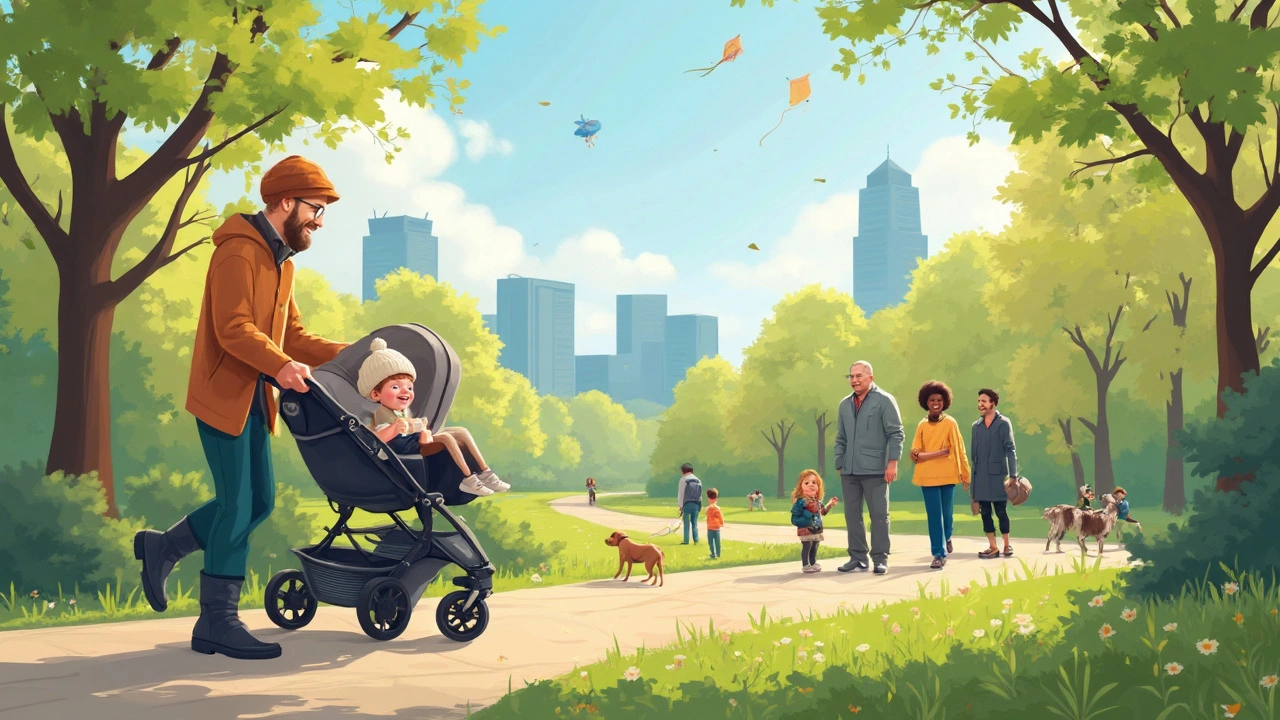
Benefits of Transitioning to a Stroller
Making the move to a baby stroller is a big milestone for both you and your little one. But why is it such a smart move? Here are some real benefits that might have you ready to ditch the carrier for good.
Smooth Rides for Everyone
Once your baby has the head and neck control necessary, a stroller ride can be super comfy. Many modern strollers come equipped with plush seating and multi-position reclines, making naps on-the-go a breeze. And who doesn't love a smooth ride? For parents, it means no more backaches from heavy lifting with carriers.
Convenience at Its Best
Let's talk about convenience. With a stroller, you have easy access to storage space—something carriers just can't offer. Toss in your diaper bag, shopping bags, or even your latte, and you're all set for a day out. Plus, most strollers feature easy-fold systems, making it quick to pack up and go.
Safety and Security
A good stroller provides excellent protection. With sturdy frames and reliable harness systems, it keeps your baby safe and snug. Some models even come with sunshades and weather shields, perfect for protecting your bundle from the elements.
Encouraging Exploration
Transitioning to a stroller isn't just practical; it opens a whole new world for your baby. They get to have a better view of their surroundings, sparking curiosity and learning. Watching people, seeing new places, and interacting with their environment can be a terrific brain boost.
Save Your Energy
A stroller means less energy spent on carrying, which is a huge win for busy parents. Especially for longer trips, being able to roll instead of carry makes a massive difference.
In a nutshell, the transition to a stroller offers comfort, convenience, and lots of net positives for everyday life. If you're still on the fence, consider these benefits as a nudge toward making the switch!
Choosing the Best Stroller for Your Baby
Picking a stroller can feel like a big deal because it is! With so many options out there, it’s easy to get overwhelmed. But don't worry, I've got you covered with some clear, straightforward advice.
Consider Your Lifestyle
First off, think about your daily routine. Are you a city dweller or more of a suburban explorer? For urban settings, lightweight, foldable strollers are lifesavers for hopping on and off public transport. Meanwhile, if you’re more of an off-road kind of family, a stroller with big, durable wheels, suited for uneven paths, might be your match.
Safety First, Always
Safety is non-negotiable when it comes to baby gear. Look for strollers with a five-point harness system to keep your little one snug and secure. Make sure the brakes are easy to use, and give them a test tug to ensure reliability.
Comfort is Key
Your baby deserves the best comfort, right? Check for adjustable seats and padded cushions. A stroller with a recline feature is great for those mid-walk naps.
Let's Talk Storage
If you plan on carrying snacks, diapers, toys (and everything else), go for a stroller with ample storage space. Under-seat baskets and handy pockets make life so much easier.
Budget and Brand
Remember, the priciest stroller isn't always the best. Set a budget and explore options within that range. Trusted brands often provide warranties and customer support, which can be a huge help.
Cool Extras
Some strollers come with additional features like rain covers, sun canopies, or even smartphone holders. While not essential, they can offer extra convenience.
So, there you have it! By considering these aspects, you can narrow down the best stroller for you and your baby. It's not just about getting from point A to point B—it’s about doing it comfortably and safely.
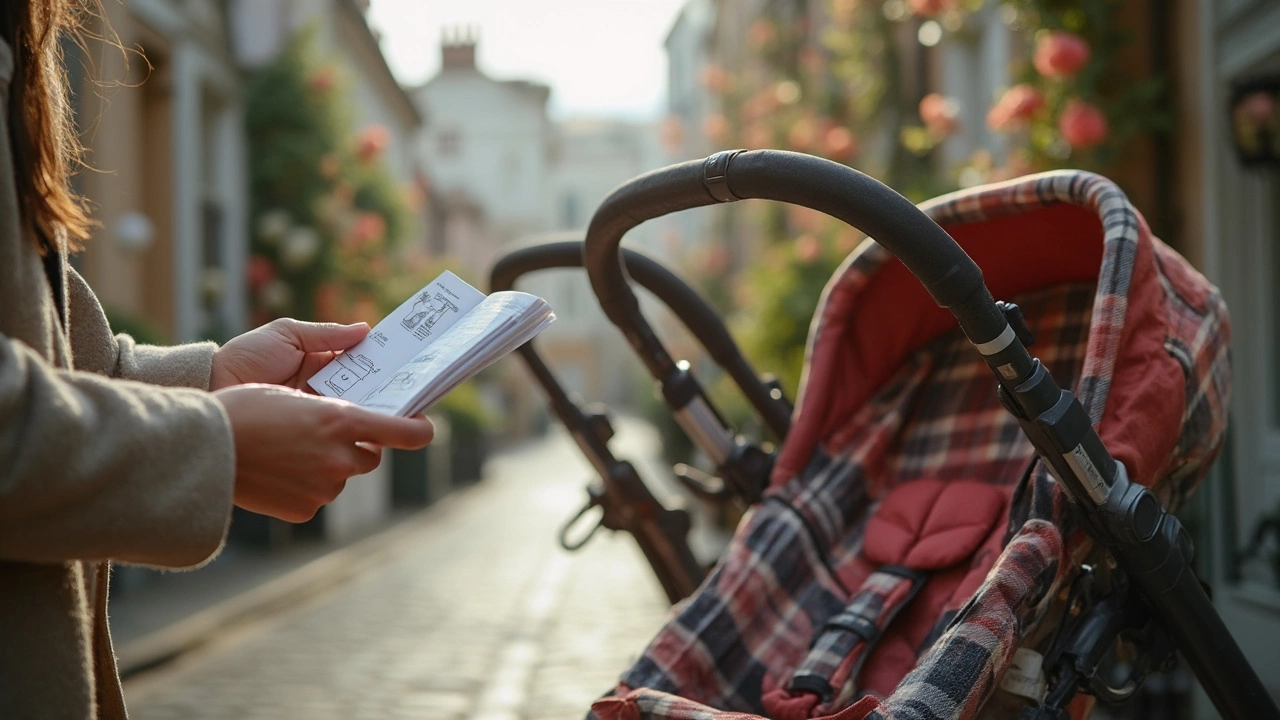
Common Mistakes and Tips for a Smooth Transition
Making the move to a stroller should be a fun and exciting new experience for both you and your baby. However, many parents fall into a few common traps. Let’s break them down and give you the tips to avoid them.
Not Checking the Stroller's Safety Features
Before you strap your baby in and hit the road, ensure that the baby stroller is up to snuff in terms of safety. The brakes should work efficiently, the harness must be adjustable and secure, and the frame should feel sturdy. Skipping these checks can lead to avoidable accidents.
Ignoring Your Baby's Comfort
Your little one’s comfort is crucial. Make sure the stroller seat is sufficiently padded, and the backrest is adjustable. A significant mistake is not adjusting the stroller to match your baby's size. This can make outings uncomfortable for them, and we all know an unhappy baby leads to a shortened day out.
Rushing the Transition
Some parents are eager to get their hands free, overlooking their baby’s readiness. Take cues from your baby to see if they're ready for the stroller transition. If they fuss constantly while in the stroller, it might be time to try again later.
Tips for a Smooth Transition
- Start Slowly: Begin with short trips around the block to get your baby accustomed to the motion.
- Choose Comfort: Pick a stroller that provides the right balance between comfort and functionality.
- Time it Right: Avoid taking your baby when they're hungry or overdue for a nap. Pick a time of day when they're generally at their happiest.
- Use Toys or Snacks: Grab their attention with their favorite toy or some finger snacks attached to the stroller.
Understanding Weather Conditions
Don’t forget to dress your baby appropriately for the weather. Whether it's a brisk Vancouver morning or a sunny afternoon, make sure your baby has a hat, blanket, or sunscreen to protect them from the elements.
| Mistake | Tip |
|---|---|
| Not checking safety features | Always inspect the stroller before use |
| Ignoring comfort | Adjust seat and backrest for comfort |
| Rushing the transition | Look for readiness cues |
Remember, moving from a carrier to a baby stroller is a milestone that doesn’t need to be rushed. Enjoy each stage with your little explorer, and soon you'll both be enjoying many smooth strolls together.
